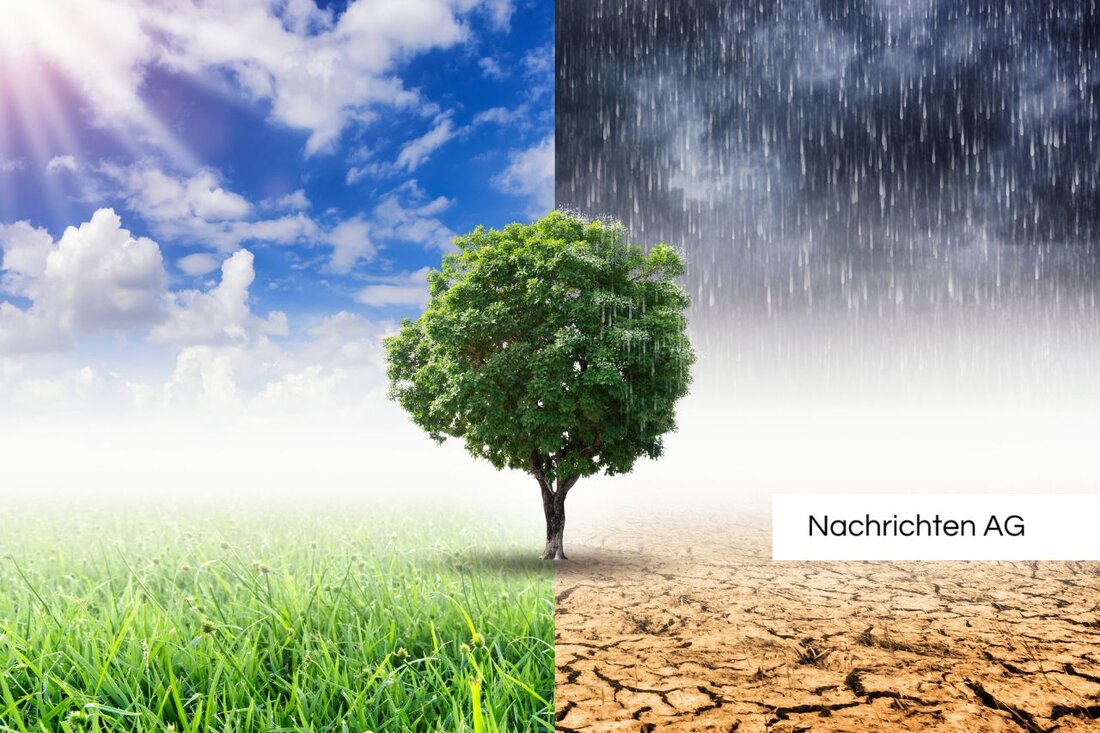IoT and sustainability: chance or risk of our environment?
IoT and sustainability: chance or risk of our environment?
In recent years,digital technologies have revolutionized our lives through the introduction of billions of IoT devices. In Europe alone, there are around 3.92 billion IoT devices at 2024. This number is expected to increase to around 4.36 billion by the end of 2025, while there are already 20.1 billion connections worldwide. Such developments are not only due to the progress of the technology, but also significant investments in new network technologies such as low-power-wide-territory networks (LPWAN) and 5G networks that support growth. It is particularly exciting how the Internet of Things (IoT) can contribute to sustainability. [PresseBox] (https://www.pressbox.de/pressemitteilung/seqis-software-testing-gmbh/sind- iot-It--schadt-im-im--eine-e-eine-schage/boxid/1256315) reports that IoT devices optimize and reduce costs, especially in the areas of energy efficiency, logistics and Environmental monitoring.
But what does that mean for the environment? At first one might think that IoT devices have had negative effects, but the chances predominate: from efficient resource use in agriculture through real-time data to intelligent power nets that optimize energy consumption-the spectrum of possibilities is wide. Smart systems for heating and cooling can significantly reduce energy consumption, while GPS trackers in supply chains reduce more transparency and reduce food. A big plus is the support of the circular economy through proactive maintenance that avoids failures. Sensors for monitoring air quality and emissions also make climate protection easier.
The downside of the medal
However, there are also challenges that cannot be ignored. The increasing energy consumption and the associated need for data centers are realized in an increased electricity requirement. But the topic of electronic scrap should also not be neglected - the life cycles of devices are often short, which leads to an increase in electronic waste. According to the Federal Environment Agency, the failure of software updates or the departure of cloud services leads to the fact that technically still intact devices become unusable, which also creates unnecessary waste. Data protection and data security also remain critical points that have to be tackled in order to use the full potential of the IoT sustainably. Federal Environment Agency, for example, recommends that networked products should be usable even without internet functionality.
The question is: How can we meet the challenges to fully exploit the advantages of the IoT? There are some solutions that can help. These include environmentally friendly design, operation with renewable energies and the introduction of global standards for recycled rates.
sustainability and conscious consumption
Another approach is the formation of consciousness. Every consumer is asked to handle the devices carefully. Technical requirements should be checked before buying-such as the compatibility of smartphones or the need for cloud services. It is also worthwhile to rely on offline-capable devices that can carry out their functions regardless of the Internet. This knowledge not only reduces electronic waste, but also contribute to protecting the wallet, because unnecessary costs can therefore be avoided.
In order to further reduce environmental pollution, digital technologies play an important role. Cloud-based memory can reduce CO2 emissions by up to 50 % compared to physical hardware, and the responsible disposal of old devices is also crucial. Menschtiere-Natur emphasizes the need to use or donate old devices instead of simply disposed of
In conclusion, it can be said that the IoT can certainly offer a chance for sustainable developments if technologies are used responsibly. The balance between innovation and environmental awareness seems feasible if we all have a good hand and actively work for it.
| Details | |
|---|---|
| Ort | Europa, Europa |
| Quellen | |


Kommentare (0)